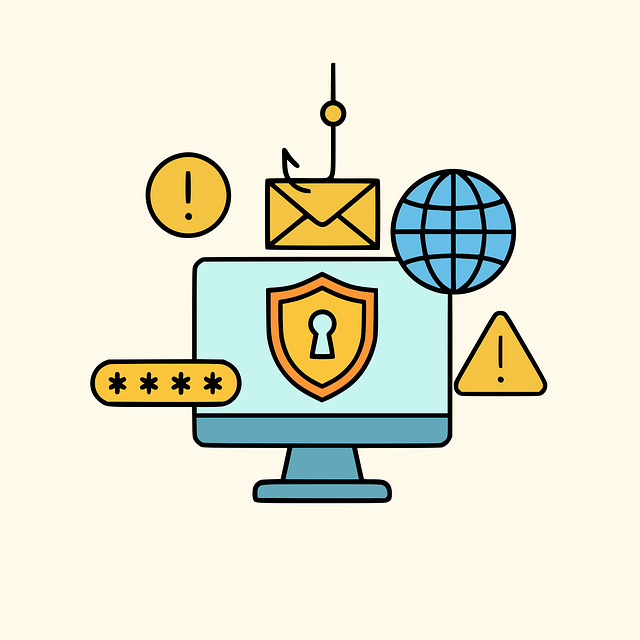By ATS Staff - July 14th, 2025
Software Development
In today’s digital landscape, securing user accounts while maintaining a seamless login experience is a top priority for businesses. Email-based passcode authentication has emerged as a popular alternative to traditional password systems, offering both security and convenience. This method eliminates the need for users to remember complex passwords while reducing the risks associated with password reuse and phishing attacks.
How Email-Based Passcode Authentication Works
The process is simple and efficient:
- User Requests Access – The user enters their email address on the login page.
- System Generates a One-Time Passcode (OTP) – The authentication system sends a unique, time-sensitive passcode to the user’s registered email.
- User Enters the Passcode – The user retrieves the code from their inbox and inputs it into the login form.
- System Validates the Passcode – If the code matches and hasn’t expired, access is granted.
Unlike traditional passwords, these passcodes are single-use and time-limited, significantly reducing the risk of unauthorized access.
Advantages of Email-Based Passcode Authentication
1. Enhanced Security
- Eliminates password-related risks such as brute-force attacks, credential stuffing, and phishing.
- Since passcodes are temporary, intercepted codes become useless after expiration.
2. Improved User Experience
- Users don’t need to remember or reset passwords.
- Reduces login friction, especially for infrequent visitors.
3. Lower Maintenance Costs
- Businesses save on password recovery support and security measures like hashing and salting.
4. Scalability & Flexibility
- Works well for both web and mobile applications.
- Can be combined with multi-factor authentication (MFA) for added security.
Potential Challenges
1. Email Delivery Delays
- If the email service is slow, users may experience login delays.
- Solution: Use reliable email providers and offer an option to resend the passcode.
2. Email Account Vulnerability
- If a user’s email is compromised, attackers could intercept passcodes.
- Solution: Encourage users to secure their email with MFA.
3. User Dependence on Email Access
- Users without immediate email access (e.g., due to connectivity issues) may face login difficulties.
- Solution: Provide backup authentication methods (e.g., SMS or authenticator apps).
Best Practices for Implementation
- Set a Short Expiry Time – Typically 5-15 minutes to minimize misuse.
- Rate Limiting – Prevent brute-force attacks by limiting passcode attempts.
- Monitor for Abuse – Detect and block suspicious login attempts.
- User-Friendly Design – Clearly display passcode entry instructions and resend options.
Conclusion
Email-based passcode authentication provides a secure, user-friendly alternative to traditional passwords, reducing security risks while improving the login experience. By implementing best practices and combining it with additional security layers, businesses can enhance both security and usability.
As cyber threats evolve, adopting modern authentication methods like email passcodes will be crucial for safeguarding user accounts while maintaining accessibility.
Would you consider switching from passwords to email-based passcodes for your next application? Let us know your thoughts!
Popular Categories
Agile 2 Android 2 Artificial Intelligence 50 Blockchain 2 Cloud Storage 3 Code Editors 2 Computer Languages 12 Cybersecurity 8 Data Science 15 Database 7 Digital Marketing 3 Ecommerce 3 Email Server 2 Finance 2 Google 6 HTML-CSS 2 Industries 6 Infrastructure 3 iOS 3 Javascript 5 Latest Technologies 42 Linux 5 LLMs 11 Machine Learning 32 Mobile 3 MySQL 3 Operating Systems 3 PHP 2 Project Management 3 Python Programming 26 SEO - AEO 5 Software Development 46 Software Testing 3 Web Server 7 Work Ethics 2